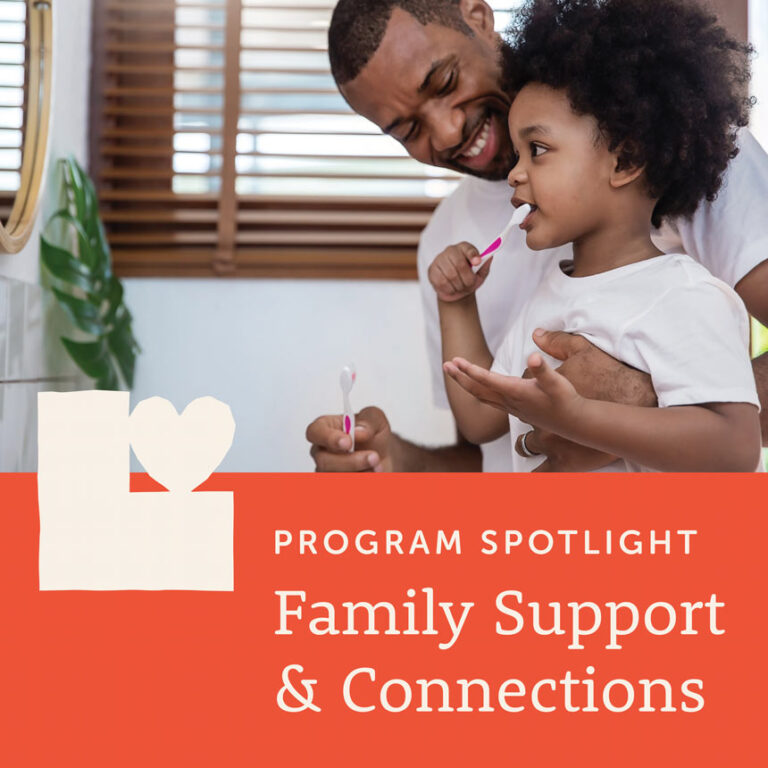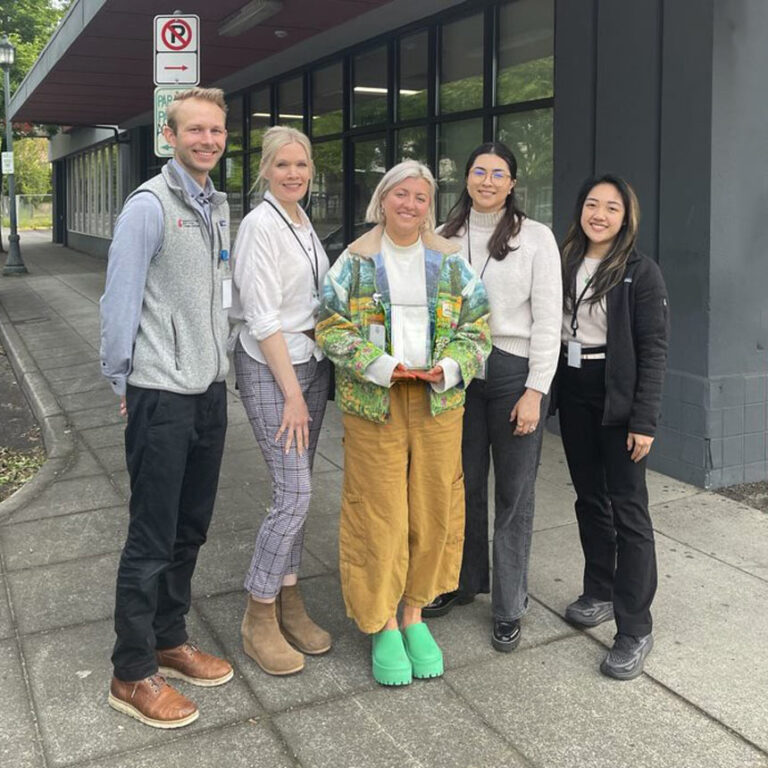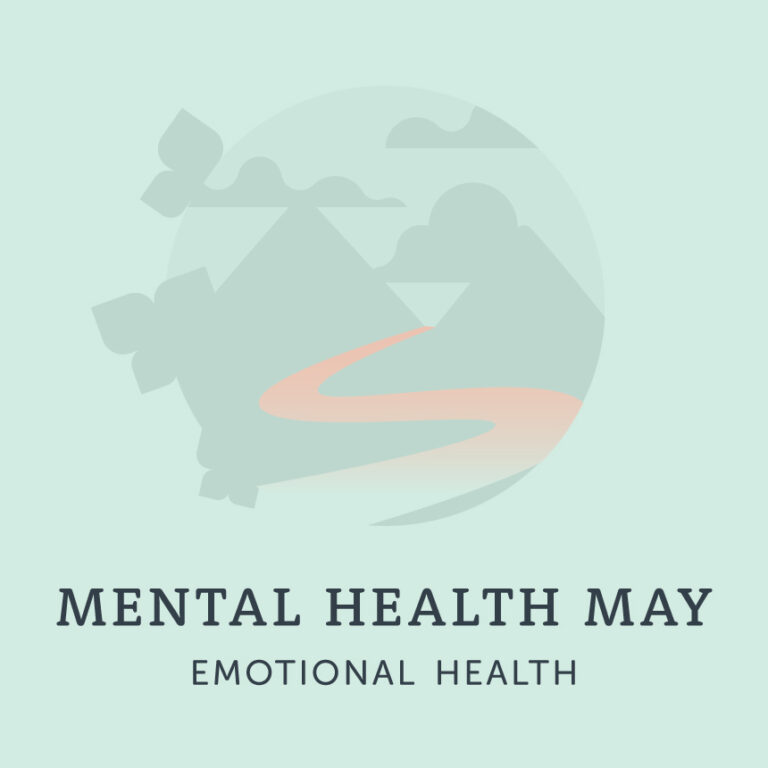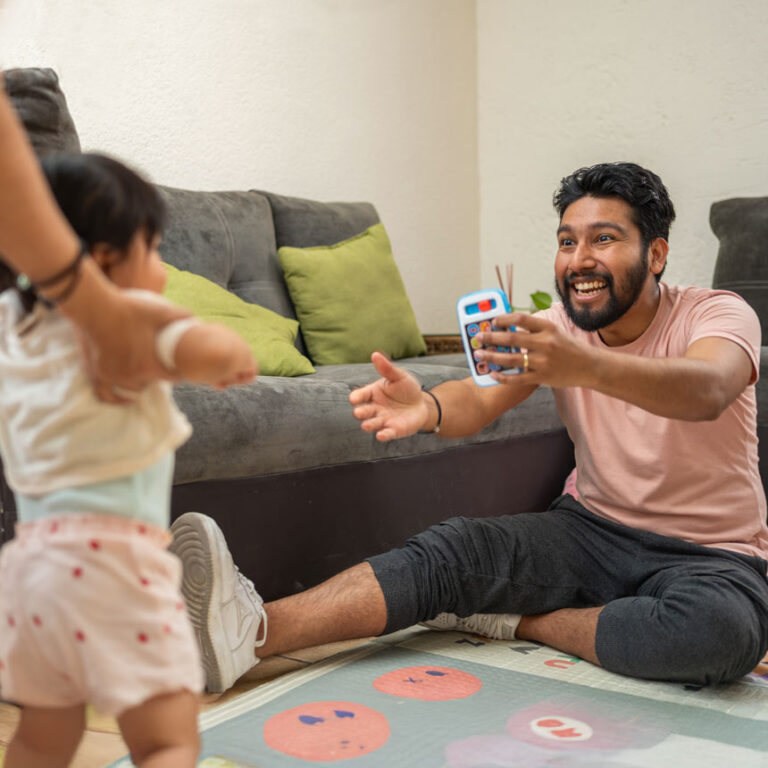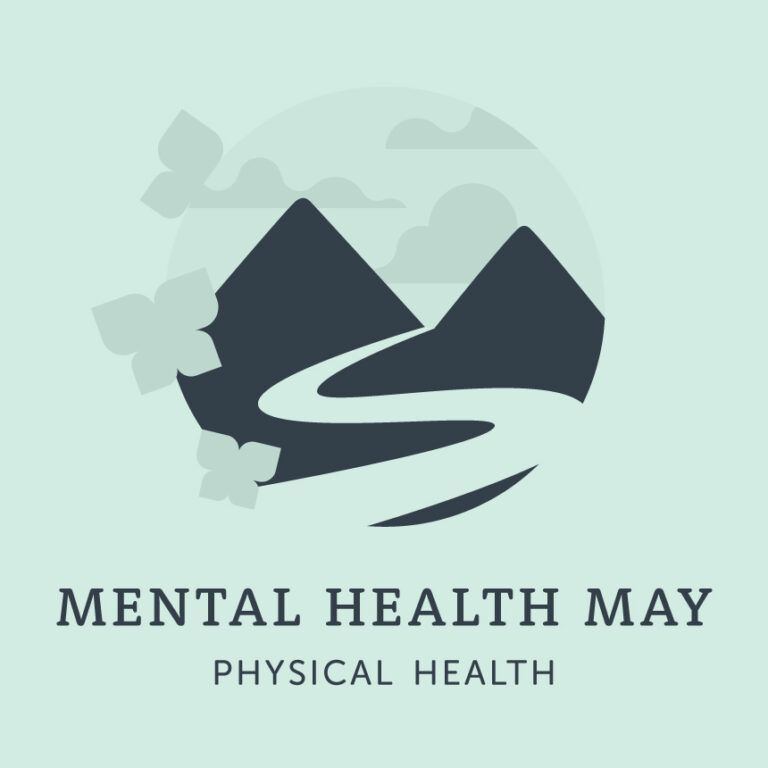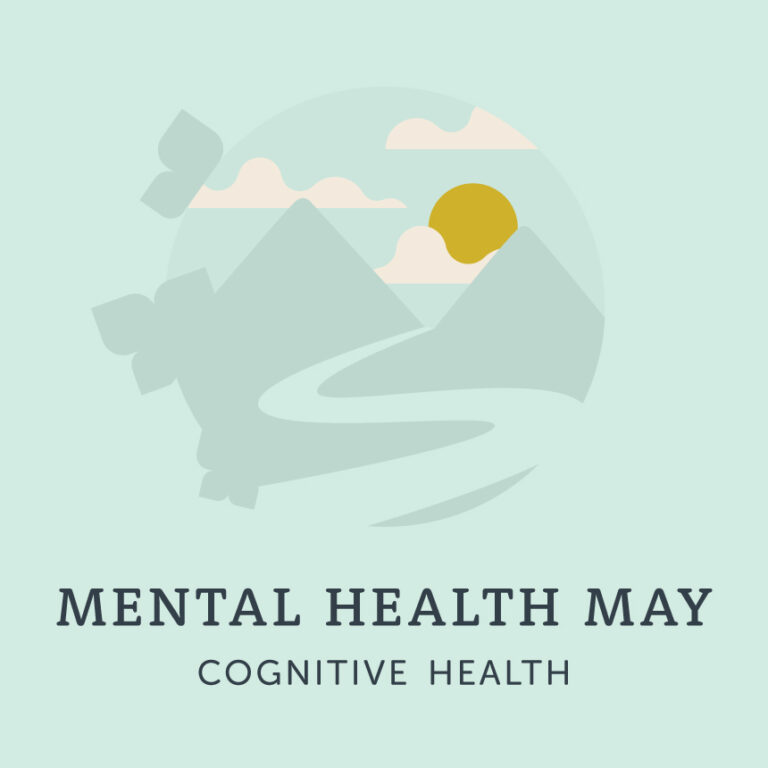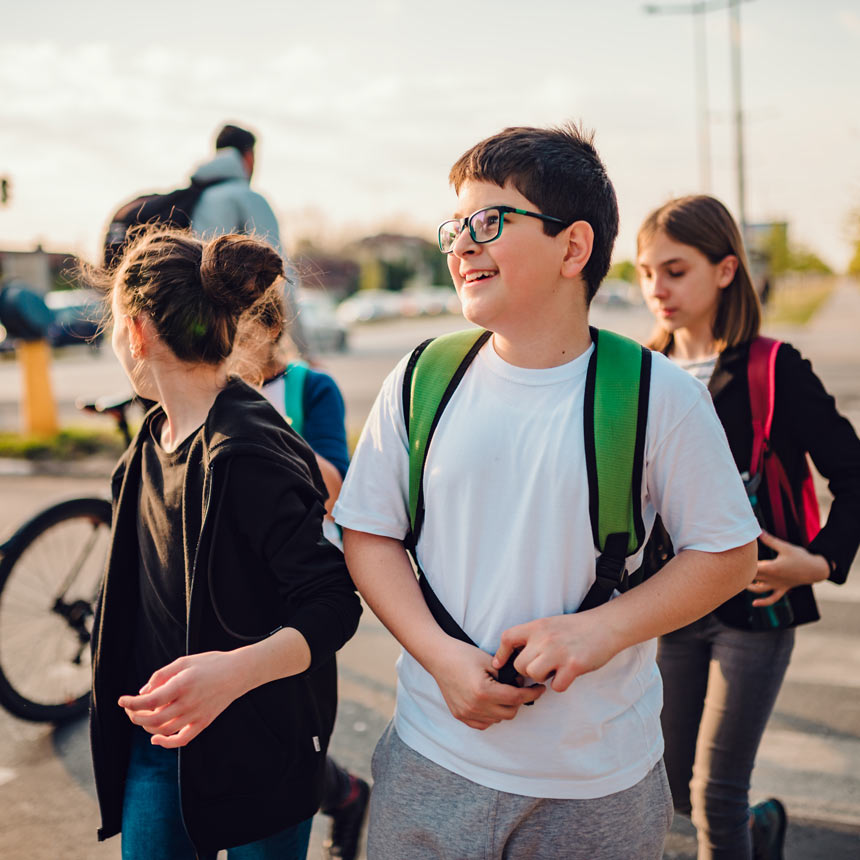
The return to regimented school schedules, social pressure, and academic worries can all add up to a very stressful time for families. It can be even more challenging for the estimated eight percent of all children and teens who suffer from anxiety disorders, according to Johns Hopkins Medicine.
Symptoms of anxiety can be different for different people, and can include:
- Feeling nervous, restless, or tense
- Elevated breathing or heart rate
- Trouble resting, sitting still, or sleeping
- Nausea or other gastrointestinal symptoms
Johns Hopkins experts have put together a list of ways to manage symptoms like these, and now is the perfect time to put some of their tips into practice. They include visiting the school during summer break, rehearsing drop-offs, and arranging play dates with other children who will be attending their school. Actions like these can help establish the new routine, and will take some of the unknown out of the first day of school.
Check out the full article here: 5 Tips to Ease Back-to-School Anxiety | Johns Hopkins Medicine.
For school-age children who are being bullied, the fear goes well beyond doing well on a test. These anxieties may require help from a parent, family member, teacher, or other mentor.
According to the Centers for Disease Control, about 1 in 5 high school students reported being bullied on school property. More than 1 in 6 high school students reported being bullied electronically in the last year. The CDC has also identified some protective factors that prevent bullying which include a sense of connection to family as well as adults who are not related. Other protective factors include having a parent present consistently during daily routines such as getting home from school and at dinnertime.
More resources about how to prevent bullying are available at Preventing bullying.
LGBTQ+ children and teens are at particular risk. A recent survey conducted by The Trevor Project found 39% of LGBTQ+ young people seriously considered attempting suicide in the past year — including 46% of transgender and nonbinary young people. LGBTQ+ youth of color reported higher rates than White peers. Keygan Miller (they/them), Public Training Manager at The Trevor Project, is a former educator who offers their advice for teachers to create a safe space for all their students, Supporting LGBTQ+ Youth. If you’re parenting an LGTBQ+ child, paying attention to their feelings of anxiety and asking questions about their day can help you understand what they might be experiencing at school.
LifeWorks NW offers mental health services for children at every stage of development and their families. Contact our knowledgeable and compassionate intake staff by visiting Contact Us – Portland, OR | LifeWorks NW




